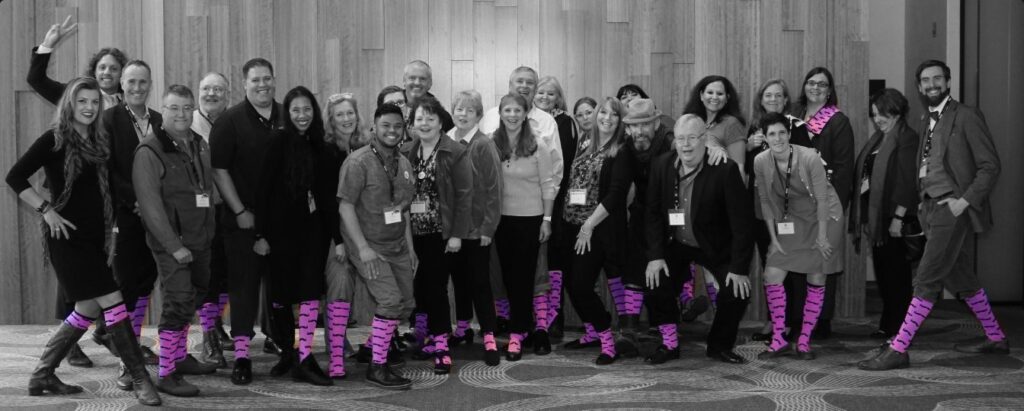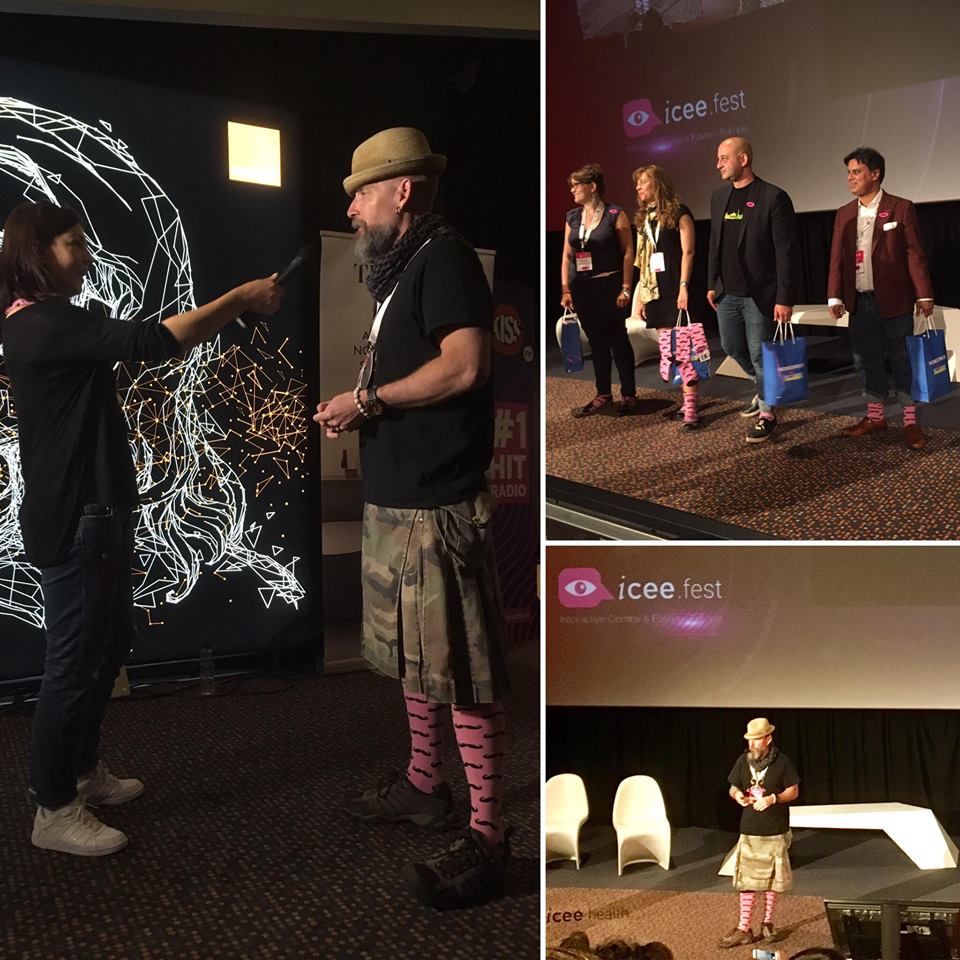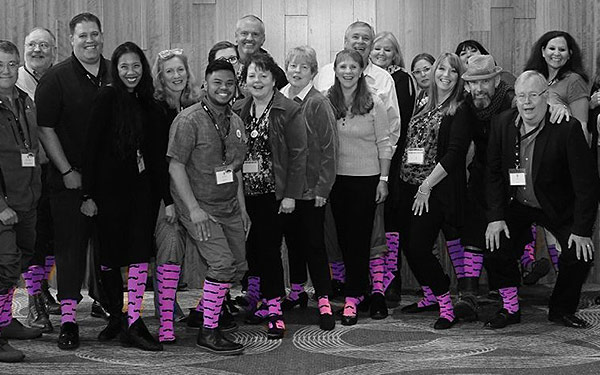The future of healthcare delivery is all about providing better access to high-quality care at lower costs. It’s quickly becoming reality through digital health technologies like telemedicine. Telehealth simplifies life for the patient and the provider, bringing back the human touch to what has often become an impersonal interaction. In fact, nearly 70% of organizations that have established telehealth programs plan to expand them in the coming years.
Ensuring global good health and well-being is a complex challenge, but it’s not just about technology – it’s about people. Providers are patients, too. Frequent, meaningful touch points create continuous engagement, which makes real connections.

To learn more about the future of care delivery, we sat down with Nick Adkins, a healthcare entrepreneur and the founder of the #pinksocks movement. Read on to get Nick’s take on the future of patient-provider relationships and why we need to humanize healthcare:
Where is the patient-provider relationship headed? What needs to change?
We are all in this together. It’s the power of one. Providers, caregivers, all of us are patients at some point. Our parents came from a generation that never really questioned their doctors. The separation of knowledge was typically so great that they accepted whatever information the doctor gave them. Once the Internet came along patients began questioning their doctors.
Patients today come in loaded with questions when they visit their doctor. We have to find a balance between how we process information that we find online and our often fatalistic tendency to conclude the extreme. We need to move into a place of mutual empathy. A place where we are empathetic with our providers, patients, and care teams. A place where we let go of our preconceptions, judgments, and biases and listen to each other’s narrative.
When you’re in the hospital due to sickness or trauma, you and your family are all already unhappy. From the start hospitals are playing from behind the ball regarding the patient experience. Unless it is to celebrate the birth of a child, hospitals are not places people go to to be happy. A restaurant or retailer – you come in happy because you want to be there. But in the hospital, you don’t want to be there. A hospital is trying to take you from feeling bad to a place where you’re feeling good. You don’t want to stay in the hospital – you want to get out of there as quickly as possible. If you’re an employee anywhere in the healthcare delivery chain in the hospital – a doctor, nurse, lab tech, etc. – you’re going through day after day after day of not seeing people at their best.

That can and will wear on you. Think about it. People aren’t their true selves when they are hospitalized – and we overlook that. They are sick. They don’t feel well. Maybe 1/1000 patients return to see a doctor or nurse after the fact, to say “thank you” and “this the real, happy me, and it’s nice to meet you again on this side of my illness.” Hospital providers rarely get to see the “well” version of their patients after a patient is discharged.
What is your vision? What is the mission for telemedicine?
It’s seeing each other as people, and telemedicine is all about literally seeing each other. There are a lot of good tools, apps, and algorithms out there, but the real magic happens when we see each other – when you stop what you’re doing and look at the other person in the eyes with intent, and really take in what they’re saying. This is difficult to do without actually having physical visibility and transparency. The magic of telemedicine is the magic of that connection, even in that one moment.
Asynchronous telemedicine – or “store and forward” – is an actionable mission. Would you get more impact out of reading a story, or watching a few seconds of video? Well, here’s the visual impact of what your mind can take in – every second of video gives you 32 seconds of pictures. Think about the reaction your mind has to one picture. Now, imagine the contextual richness of 10 seconds of video, which is actually is 320 pictures viewed. If I’m seeing a sick or injured patient, even if I’m seeing it later via a recording (asynchronous), I’ve just seen 320 images of the situation in 10 seconds. Can I have empathy for what I’m seeing? Can I make a judgement call? Can I make a diagnosis? The answer is yes, absolutely.
Telemedicine in the traditional sense is live, or synchronous. In the synchronous world we are bound/limited by time. We can only do so many things in a given amount of time. We can only throughput so much capacity in a given amount of time. Asynchronous allows us to increase our throughput without needing more time. It provides efficiencies and scale. A provider can “see” more patients asynchronously, provide more care in the same day. And, many states have reimbursement parity for asynchronous visits.
The world is full of good! When you believe it, you see it. That’s the driving philosophy of the #pinksocks movement. It’s a global group of over 20,000 people (and growing) with a common belief that they can do their part to make a positive impact on the world and change it for the better. You can check it out here.
Be sure to check out Nick’s recent TEDx “Dare to Know” talk from the Herbst Theatre in San Francisco. Nick is also speaking at our upcoming “unconference” on the state of healthcare today.
Register for free for our inaugural Vidyo Healthcare Summit from 10/30 – 11/1 in Nashville, where clinical and technical leaders in telehealth will connect to reimagine the future of care delivery.
